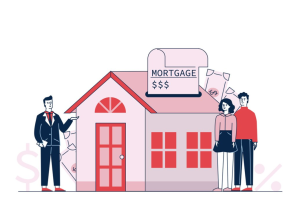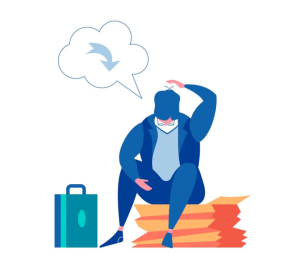The latest figures from the Insolvency Service for England and Wales have revealed a concerning trend: personal insolvency numbers increased by 11% in June 2024, reaching a total of 10,395 cases. This rise highlights the ongoing financial challenges faced by many individuals in the current economic climate.
Breakdown of Personal Insolvency Figures
The data for June 2024 comprises 651 bankruptcies, 4,383 debt relief orders (DROs), and 5,361 individual voluntary arrangements (IVAs). This increase in overall personal insolvencies is largely driven by rises across all categories:
- Debt Relief Orders (DROs): Reached a new record high of 4,383, a 15% increase from the previous month. This surge is attributed to the abolition of the £90 administration fee from April 6, 2024, making DROs more accessible.
- Individual Voluntary Arrangements (IVAs): Increased by 14% compared to June 2023 and by 8% from May 2024, totaling 5,361.
- Bankruptcies: Although slightly lower than in previous months, 651 bankruptcies were recorded in June 2024.
The Impact of DRO Accessibility
The significant rise in DRO numbers, reaching their highest level since January 2021, coincides with the removal of the entry fee. Tom Russell, Vice President of R3, the UK’s insolvency and restructuring trade body, commented, “The main driver of the increase in personal insolvencies is an increase in Debt Relief Order (DRO) numbers, which hit their highest level following the removal of the entry fee in April.”
Furthermore, changes to the amount of debt eligible for a DRO, effective from June 28, are expected to continue driving these numbers up. The accessibility improvements have made DROs a more viable option for many debtors, reflecting in the quarterly statistics where DRO registrations rose by 39% in Q2 2024.
Economic Pressures on Consumers
Despite a fall in the annual rate of inflation, the cost of living remains a significant burden. Prices for food, fuel, and energy continue to strain household budgets, causing many consumers to worry about their financial future. Russell noted, “The cost of living is still hitting people hard with prices remaining high even as the annual rate of inflation falls to a more typical level.”
This financial strain is leading to an increase in personal insolvencies, as individuals seek relief from unmanageable debts. The number of people entering personal insolvency procedures has risen for the third successive quarter, driven largely by the rise in DROs.
Observations from Industry Experts
Andy Nalliah, Personal Insolvency Partner at RSM UK, observed, “Whilst it is not surprising, it is encouraging that the trend for rising numbers of DRO registrations continues.” The removal of the DRO entry fee and the increase in entry-level thresholds for debt levels and assets have made DROs more accessible, providing a necessary lifeline for many.
Nalliah also noted a decrease in bankruptcies and IVAs, which dropped by 10% quarter-on-quarter. This shift indicates that many debtors who might have previously opted for bankruptcy or IVAs are now turning to DROs as a more feasible solution. However, despite this shift, creditor petitions remain high, accounting for 20% of bankruptcies in the quarter.
Conclusion
The 11% increase in personal insolvency numbers in June 2024 underscores the financial difficulties faced by many individuals. While the removal of the DRO entry fee has provided much-needed relief, the ongoing cost of living crisis continues to push people towards insolvency solutions.
As economic conditions remain challenging, it is crucial for individuals to seek professional advice and support to navigate their financial difficulties. The rise in personal insolvencies serves as a reminder of the importance of accessible financial relief options and the need for ongoing economic support measures.






